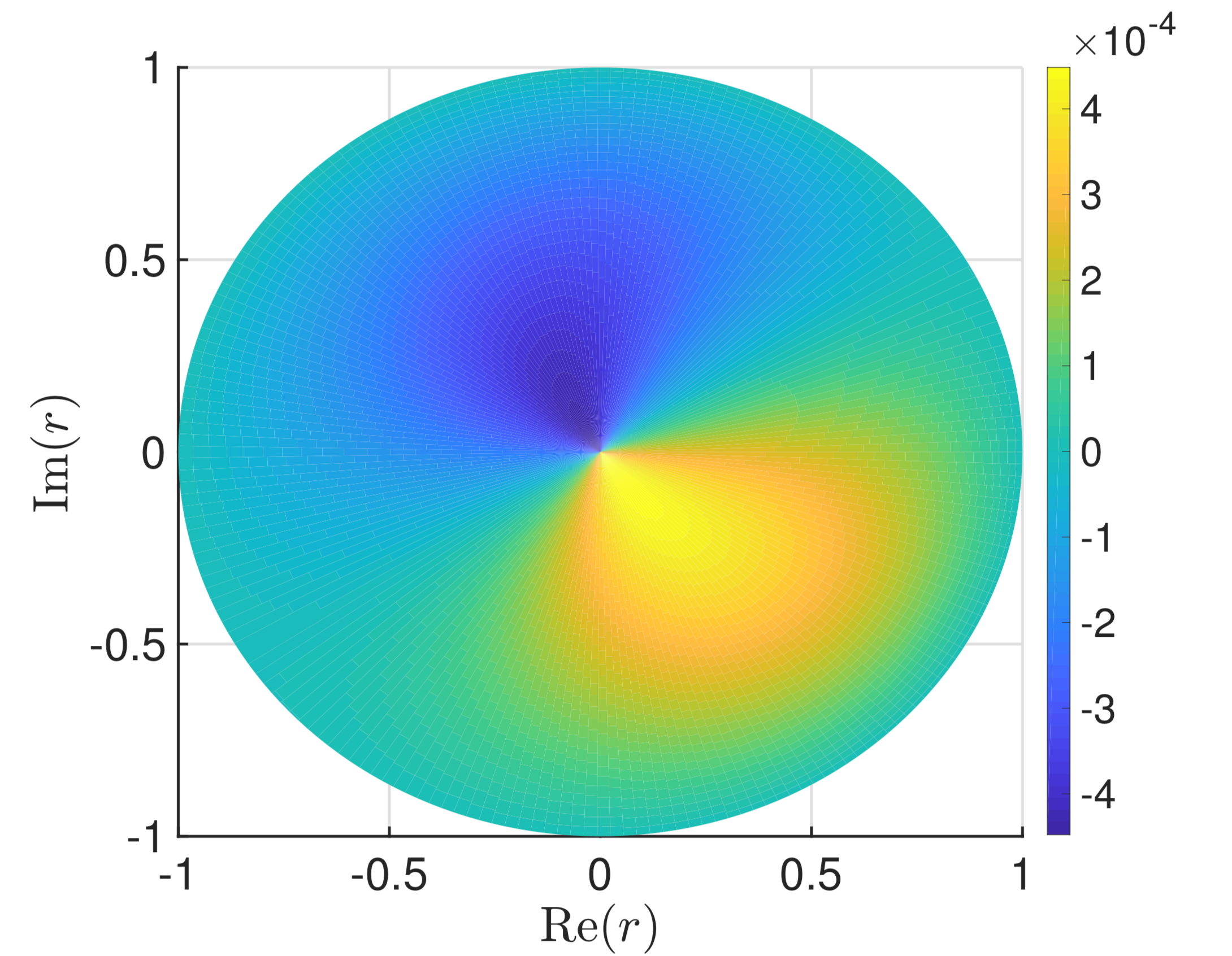Predicting the effects of deep brain stimulation using a reduced coupled oscillator model.
Deep Brain Stimulation can be an effective treatment for people with Essential Tremor (ET). Using a mathematical model, we predict that - for some people with ET - the best stimulation strategy should depend on both the stage (‘phase’) and size (‘amplitude’) of the ongoing tremor. The model also predicts that the effects of stimulation should be magnified when the tremor amplitude is low. We provide clinical evidence supporting these predictions.
Deep brain stimulation (DBS) is known to be an effective treatment for a variety of neurological disorders, including Parkinson's disease and essential tremor (ET). At present, it involves administering a train of pulses with constant frequency via electrodes implanted into the brain. New 'closed-loop' approaches involve delivering stimulation according to the ongoing symptoms or brain activity and have the potential to provide improvements in terms of efficiency, efficacy and reduction of side effects. The success of closed-loop DBS depends on being able to devise a stimulation strategy that minimizes oscillations in neural activity associated with symptoms of motor disorders. A useful stepping stone towards this is to construct a mathematical model, which can describe how the brain oscillations should change when stimulation is applied at a particular state of the system. Our work focuses on the use of coupled oscillators to represent neurons in areas generating pathological oscillations. Using a reduced form of the Kuramoto model, we analyse how a patient should respond to stimulation when neural oscillations have a given phase and amplitude, provided a number of conditions are satisfied. For such patients, we predict that the best stimulation strategy should be phase specific but also that stimulation should have a greater effect if applied when the amplitude of brain oscillations is lower. We compare this surprising prediction with data obtained from ET patients. In light of our predictions, we also propose a new hybrid strategy which effectively combines two of the closed-loop strategies found in the literature, namely phase-locked and adaptive DBS.

2021. J Neural Eng, 18(4):046023.
2025. Mov Disord, 40(9):1977-1982.